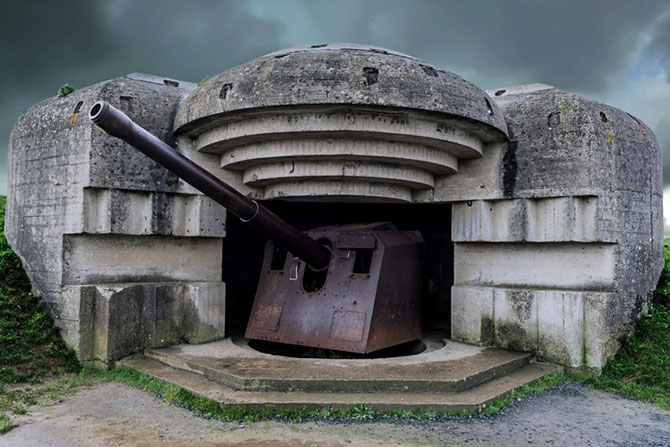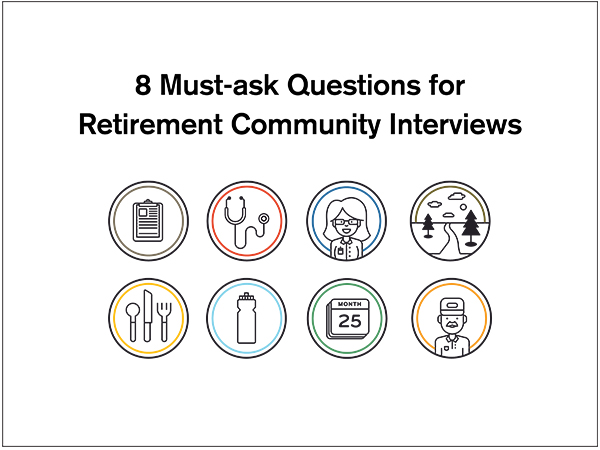I was a pilot with the 491st Bomb Group in the 8th Air Force in England during WWII. The Group was equipped with four-engine B-24 Liberator bombers and was one of the few groups that bombed targets on June 6, 1944, D-Day.
D-Day arrived for me at 0100 hours on a cloudy cool June 6 morning when aircraft crews were rousted out of bed to fly a mission. The crews had flown missions on the previous two days and had little sleep. The Group’s Flight Surgeon handed out stay-awake pills like candy. After a gourmet breakfast of powdered eggs, greasy bacon, cold burnt toast, and canned orange juice the crews were grumblingly ready for war. Down to the Operations Quonset Hut they rode in a six-by-six canvas covered truck. At Operations, the four officers of each crew trooped in while the six enlisted members went to their aircraft to load bombs and ammunition and prepared the aircraft with the help of the ground crews. The officers — pilots, copilots, navigators and bombardiers — sat facing a large-curtained wall with the Group Commander standing in front. When the curtain was drawn back, there was a huge map of Europe upon which was plotted the target and routes in and out. Group Commander Colonel Carl Goldenberg said, “This is it, boys. Invasion!” There was a brief cheer and then Goldenberg got down to business. The weather was expected to be terrible. Few bomb groups would be able to get airborne as a result. All targets had to be visible to the bombardiers to assure our bombs were not dropping on Allied troops or friendly French villages.
We took off at 0800 hours. The target was an unfriendly little village named Coutances, near the Normandy beaches, full of the bad guys and a German ammunition storage site. The sly Germans often placed such sites in French villages so Allies would not bomb them. The clouds and visibility made it impossible to bomb our target, so the Group returned home with its bombs. Nevertheless, the German flak was heavy. Our B-24 took some hits.
In the afternoon, a second mission was scheduled for the same target. The weather had not improved significantly. Out of 29 bombers dispatched, only nine, all from my squadron and including my plane, made it to the target because of the weather, but we were able to drop on target. More flak, more hits. As pilot, my concentration was solely on keeping in formation despite cloud conditions and I had little time for sightseeing. However, over the English Channel on our way to France, I stole a glance at the invading fleet of ships. Although brief and limited, I could well-imagine the truth when someone later remarked you could walk from England to France aboard the ships that lined the Channel.
It was a very tired crew that dropped onto their bunks that night after logging a total of seven hours of high stress flights. A mission was scheduled for the next day. We were much too tired and engaged to appreciate that we had been part of the largest invasion in history.




